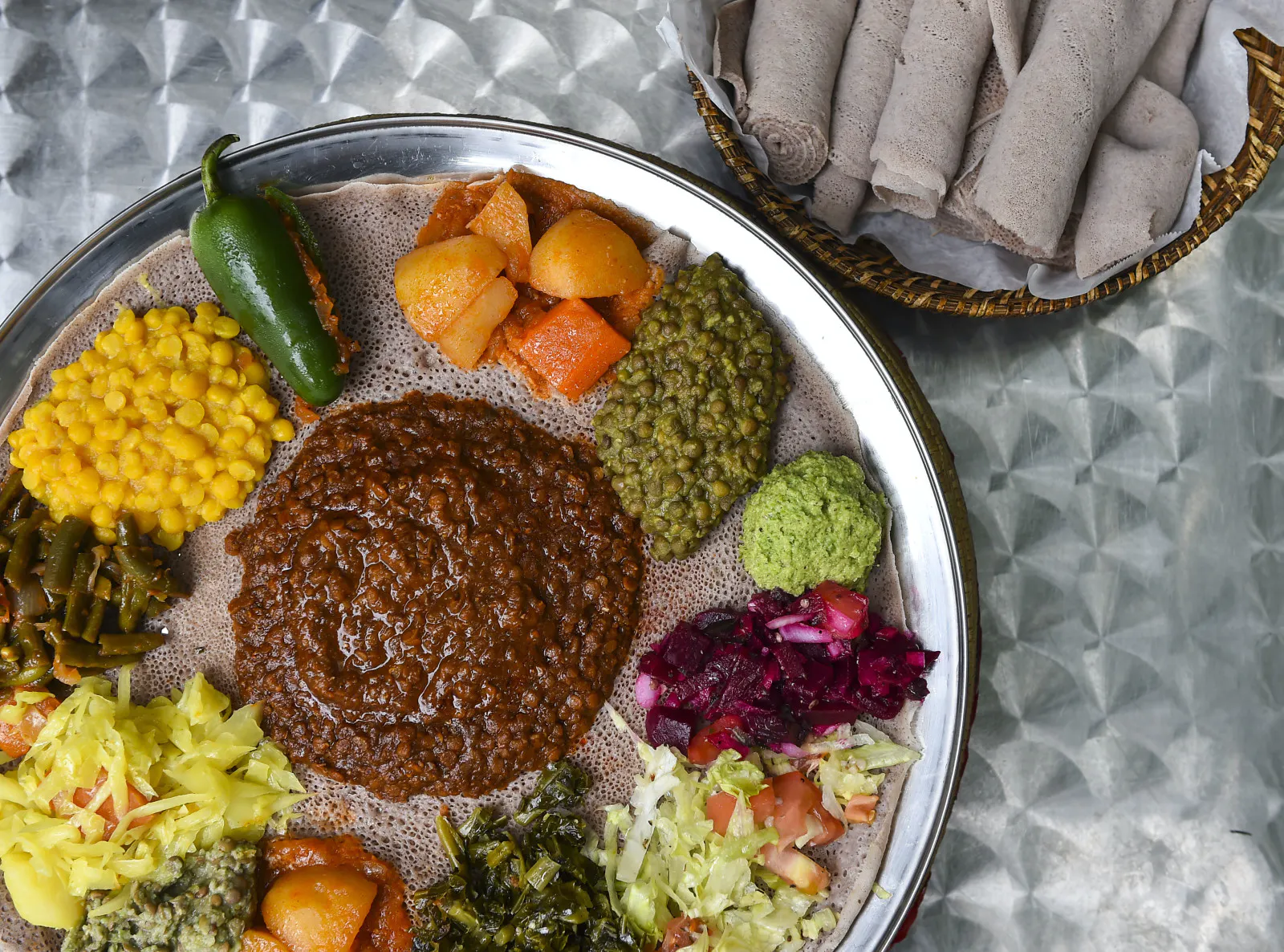Sambusa and samosa. Injera and appam. Misir wot and dal. These intriguing similarities between Ethiopian and Indian cuisine have a rich and storied history, which can be traced back 2,000 years through the complex trade web between these two ancient cultures.

Across the vast expanses of the internet, South Asians increasingly express their admiration for Ethiopian cuisine, noting its striking familiarity in taste. Tourists exploring the bustling streets of Addis Ababa, Ethiopia’s vibrant capital, are often welcomed with enthusiastic chants of “namaste, namaste!” as they navigate the lively Merkato market. Ethiopian children can effortlessly differentiate between Bollywood superstars Shah Rukh Khan and Salman Khan. Furthermore, Addis Ababa proudly hosts more than two dozen Indian restaurants, including establishments like Hind Addis Bar and Partap Chicken Shop.
When it comes to Ethiopian and Indian culinary delights, even the most skilled chefs might struggle to discern the differences between specific dishes during a blind taste test. The resemblances are remarkable: sambusa is akin to samosa; injera bears a striking similarity to appam; misir wot mirrors the flavors of dal; cic with closely resembles chana dal; and kik alicha is reminiscent of matar ki dal. Niter kibbeh, a spiced clarified butter that shares many attributes with ghee, imparts a rich flavor to both cuisines. Even the grills used to prepare injera and appam share striking similarities. The list of parallels goes on.
The remarkable similarities between Ethiopian and Indian cuisines can be traced back to over 2,000 years of trade and cultural exchange that have shaped the culinary landscape of these two ancient cultures. The interconnected histories of these diverse nations have given rise to an array of delicious and unique dishes that continue to captivate the palates of food enthusiasts worldwide.
This raises a fascinating question: how did these two distinct nations, separated by over 2,600 miles, come to share their adoration for Bollywood’s most celebrated actors and their culinary traditions?
